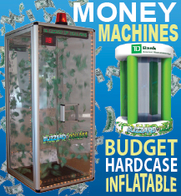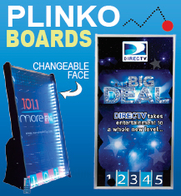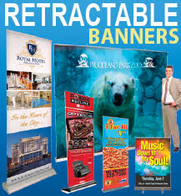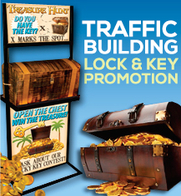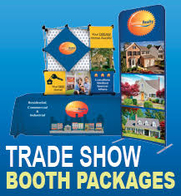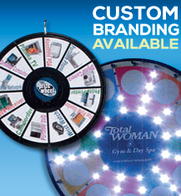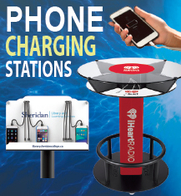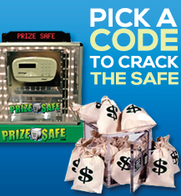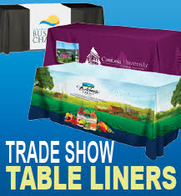Setting up a trade show booth without knowing what needs to be accomplished is like driving a car while wearing a blindfold. In other words, you are running full speed ahead with no idea where you are going or how to get there. Having a detailed list of goals and objectives can help to determine what needs to be focused on during the trade show as well as how successful it is.
Before the show it is important to set sales goals as well as lead goals. Many times trade shows are relationship building tools – the sales come later during follow-up. The objective of the trade show booth should not only reflect where the company is at that particular point in time, but also direction it is going in.
For example, the point of the trade show booth might be to introduce customers to new services or it might be to expose existing products to a new group of customers. Once the goals and objectives have been established, the rest of the trade show marketing material can be designed.
Last Minute Marketing
 It is important to pre-sell your product to customers long before the trade show begins. Use mailings and online trade show marketing to let customers know all of the specifics about where and when you will have a trade show booth. It is also important to give customers a reason to go to the trade show by sending a coupon or giving them a special offer that can be redeemed at the booth.
It is important to pre-sell your product to customers long before the trade show begins. Use mailings and online trade show marketing to let customers know all of the specifics about where and when you will have a trade show booth. It is also important to give customers a reason to go to the trade show by sending a coupon or giving them a special offer that can be redeemed at the booth.
Planning the marketing details of the trade show booth ahead of time is also important. Personalized event promotional products, booth design, and other components such as a trade show contest should all be in place before the trade show day arrives. Last minute changes to these items will lead to loss of sales time, confusion, and costly overtime hours.
Inadequate Trade Show Booth Staff
The entire success of the trade show booth is balanced on the ability of the trade booth staff. There needs to be enough staff to handle each customer effectively without overstaffing. If customers have to wait to talk to a representative, they will wander away to the next vendor and the sale is lost.
Yet, too many staff members can intimidate customers. It makes them feel as if they will be swarmed when they approach and are not willing to push their way through to see the products offered. The lack of sales activity will also give the impression of a poor quality product. Trade show employees also need to be properly informed so that they appear knowledgeable and are able to answer questions quickly and effectively.
Failing to give the trade show booth goals, having inadequate staff, and leaving marketing to the last minute are the three most common trade show marketing mistakes. This translates into a loss of current sales as well as handing future customers over to the competition. A well-run trade show booth can be a highly successful marketing tool.
About the author:
Jonathan Edelman provides helpful advice about trade show strategies. With years of experience in the trenches, he is an expert on booth displays, follow up techniques, and using trade show marketing strategies to boost revenue.









